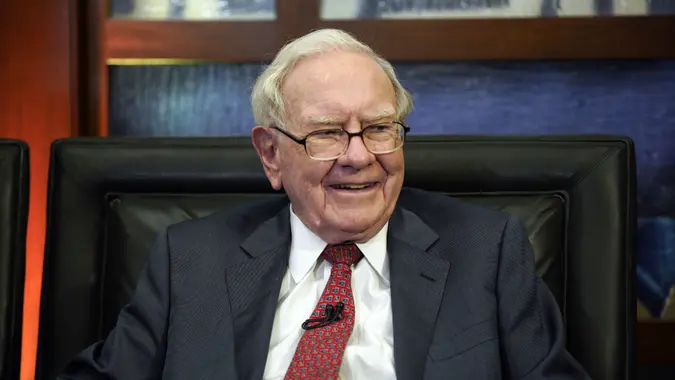Top 5 Investments the Middle Class Should Make Before Retiring — Even if It’s Begrudgingly

Commitment to Our Readers
GOBankingRates' editorial team is committed to bringing you unbiased reviews and information. We use data-driven methodologies to evaluate financial products and services - our reviews and ratings are not influenced by advertisers. You can read more about our editorial guidelines and our products and services review methodology.

20 Years
Helping You Live Richer

Reviewed
by Experts

Trusted by
Millions of Readers
Many middle-class Americans retire only to discover that their savings won’t cover the lifestyle they had hoped for.
After decades of hard work, the last thing you want is to spend your golden years stressed about every bill, cutting back on travel or worrying about whether you’ll outlive your money. Unfortunately, without the right investment strategy, even a retirement account with a healthy balance can run out faster than you think.
This means, as you make your way toward retirement, you must make smart investments. These ones can help grow your wealth, creating income you can depend on during retirement. Continue reading as we explore five investments the middle class should consider before retirement.
Max Out Employer-Sponsored Retirement Plans
If you have a 401(k) or 403(b) through your employer, make sure you’re contributing as much as your budget allows each month. No matter what you do, make sure you’re at least taking advantage of any matching contributions your employer offers. If you’re over 50, you can contribute even more, with catch-up contributions.
Consider Roth IRA Conversions
Considering a Roth IRA conversion can be a smart move for some individuals. It involves changing investments from a traditional 401(k) or IRA into a Roth IRA. You will pay taxes on the amount transferred, but then you can make withdrawals tax-free during retirement. Keep in mind that Roth IRA conversions have a five-year rule, which means you need to wait at least five years after the conversion before making a withdrawal.
Maintain a Balanced Stock and Bond Portfolio
As you approach retirement, your risk tolerance should adjust. While you might have been willing to invest mostly in stocks in your 20s, now it’s important to have a balanced mix of stocks and bonds. Most financial advisors suggest a portfolio of 60% stocks and 40% bonds as you near retirement. However, this allocation isn’t fixed and can be adjusted based on your comfort level.
Use a Health Savings Account (HSA)
If you have a high-deductible health insurance plan, you can also use a health savings account (HSA). These accounts can provide significant tax benefits. Not only are your contributions made pre-tax, but when you withdraw funds for qualified medical expenses, it is done tax-free. Since medical costs are one of the biggest expenses for most retirees, an HSA can be a great way to save money on these costs.
Eliminate High-Interest Debt
Although not a traditional investment, paying off credit cards or other high-interest loans guarantees a return equal to the interest rate you’re avoiding. Being debt-free by retirement will reduce your monthly expenses, making budgeting much easier.
More From GOBankingRates
 Written by
Written by  Edited by
Edited by 

























